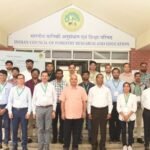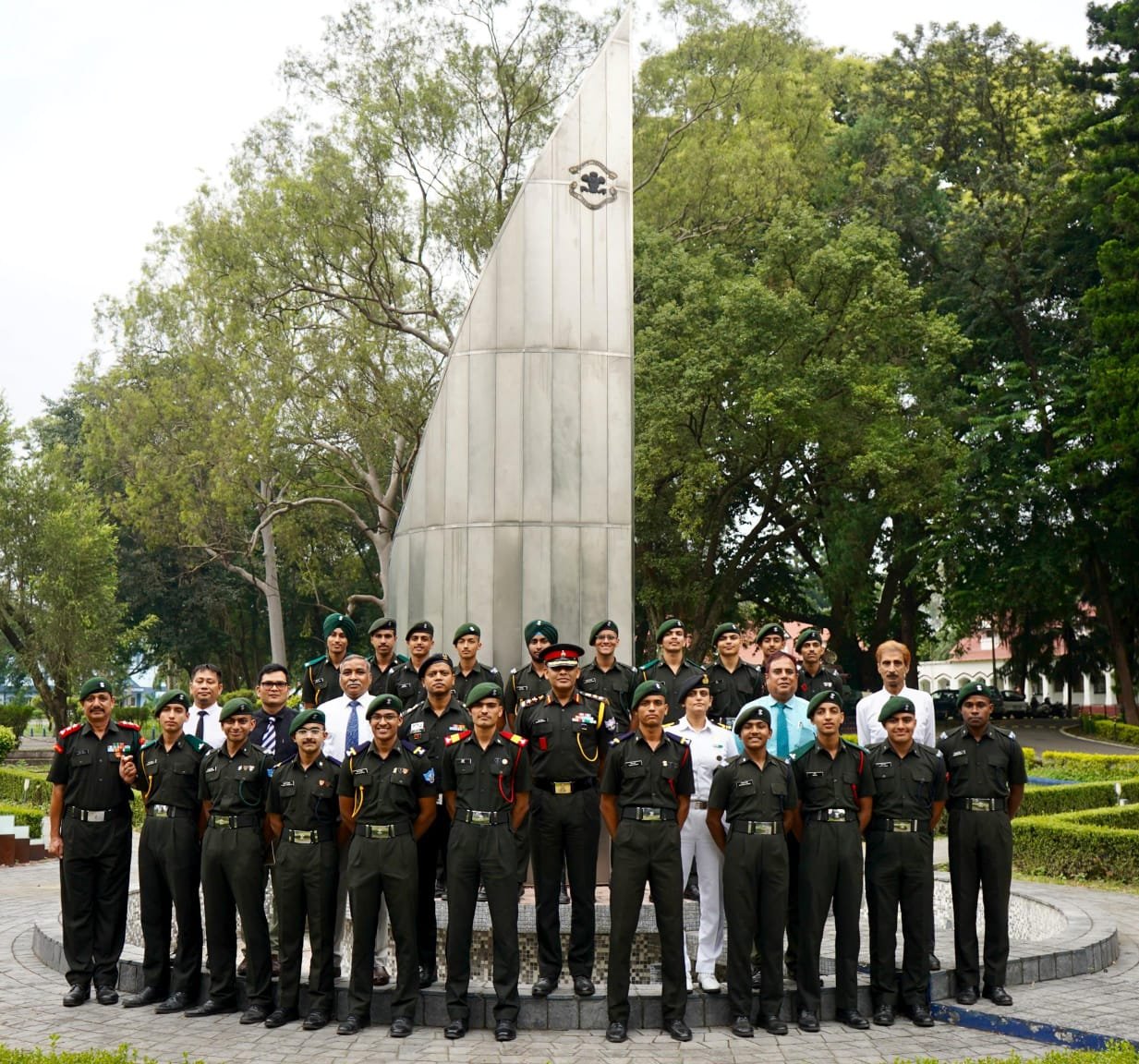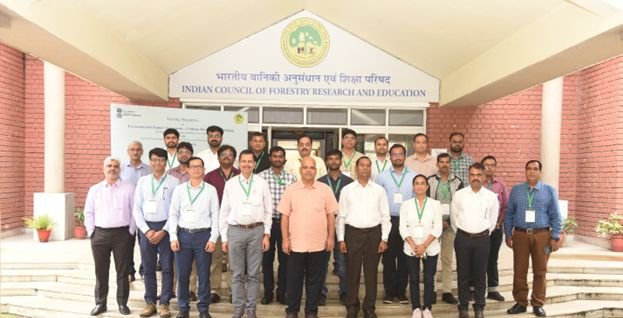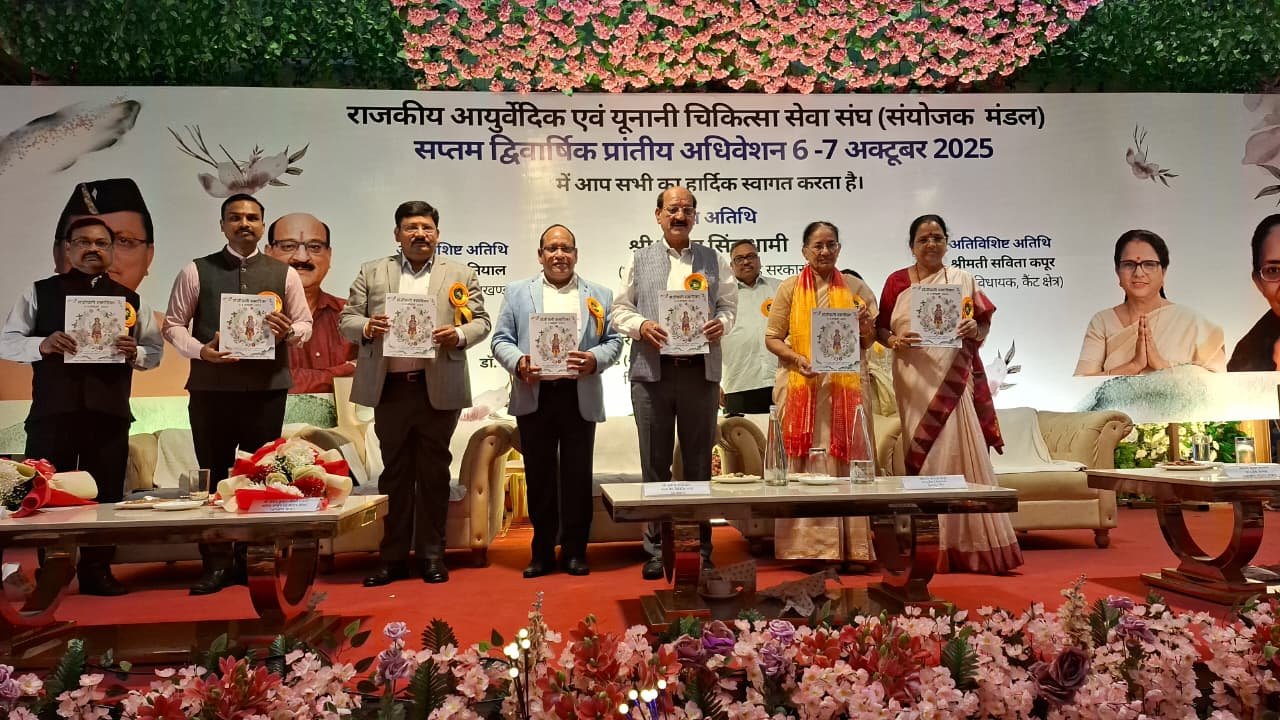Author – Bhavya Jain, Unison World School.
Dehradun: The practical application of scientific knowledge, particularly in the industrial sector. The word “technology” itself emphasizes the value of having useful goals in every aspect of use. Everyday living is significantly impacted by technology. Smartphones are revolutionizing the way we work, learn, and interact with others by enabling quick communication and access to a wealth of information. Technology improves efficiency and simplifies chores, from smart home appliances and enhanced healthcare to online shopping and streaming entertainment. On the other hand, as we can see, traditional learning approaches generally require in-person instruction in a classroom where a teacher imparts knowledge through written assignments, textbooks, and lectures. Exams and quizzes are used to judge students after they listen and take notes. In general learning is restricted to a fixed course of syllabus, providing only a fixed amount of knowledge.
Technology is transforming education by changing how we obtain, interact with, and use knowledge. Artificial intelligence and digital classrooms have made the modern learning environment more dynamic and accessible than in the past. In addition to improving traditional education, these developments are giving rise to completely new learning methods that were unthinkable only a few decades ago. For example, online platforms like
buyjus and Khan Academy offer free courses from top universities, making education accessible worldwide. Virtual classrooms using Zoom and Google Meet allow remote learning and real-time interaction.
Modern technological learning approaches are preferable to conventional approaches in anumber of critical respects. First, they provide more accessibility and flexibility—students may use devices with internet access to learn at anytime, anywhere. Those with hectic schedules or those who learn remotely can particularly benefit from this. Second, technology makes individualized learning possible by providing platforms that adjust to the performance and pace of each learner, enhancing comprehension and memory and group work is made simple by collaborative platforms like Zoom and Google Classroom, even when people are in various places. Technology provides an educational experience that is more dynamic, inclusive, and student-centered than the strict, one-size-fits-all method of traditional learning.
Whether it’s a rural place or a place in Antarctica education with technology can be accessed in any part of the world allowing everyone to have a right to study and explore different aspects of a topic , they can also use certain devices like Virtual reality (VR) tools letting students explore historical sites or conduct science experiments in a simulated environment. With the help of artificial intelligence and machine learning algorithms, educational software can now be adapted to the individual needs of students. This tailored approach helps students progress at their own pace, reinforcing concepts they struggle with and skipping over those they’ve already mastered.But if not handled carefully, this dependence can also lead to problems like digital addiction, privacy issues, and the possibility of greater social isolation. The reliance on
technology also presents challenges. Not all students have equal access to devices or high-speed internet, creating a digital divide. Additionally, excessive screen time and reduced face-to-face interaction can impact social skills and mental well-being. Educators and policymakers must therefore strike a balance—leveraging technology to enhance learning while ensuring it remains inclusive and human-centered.











